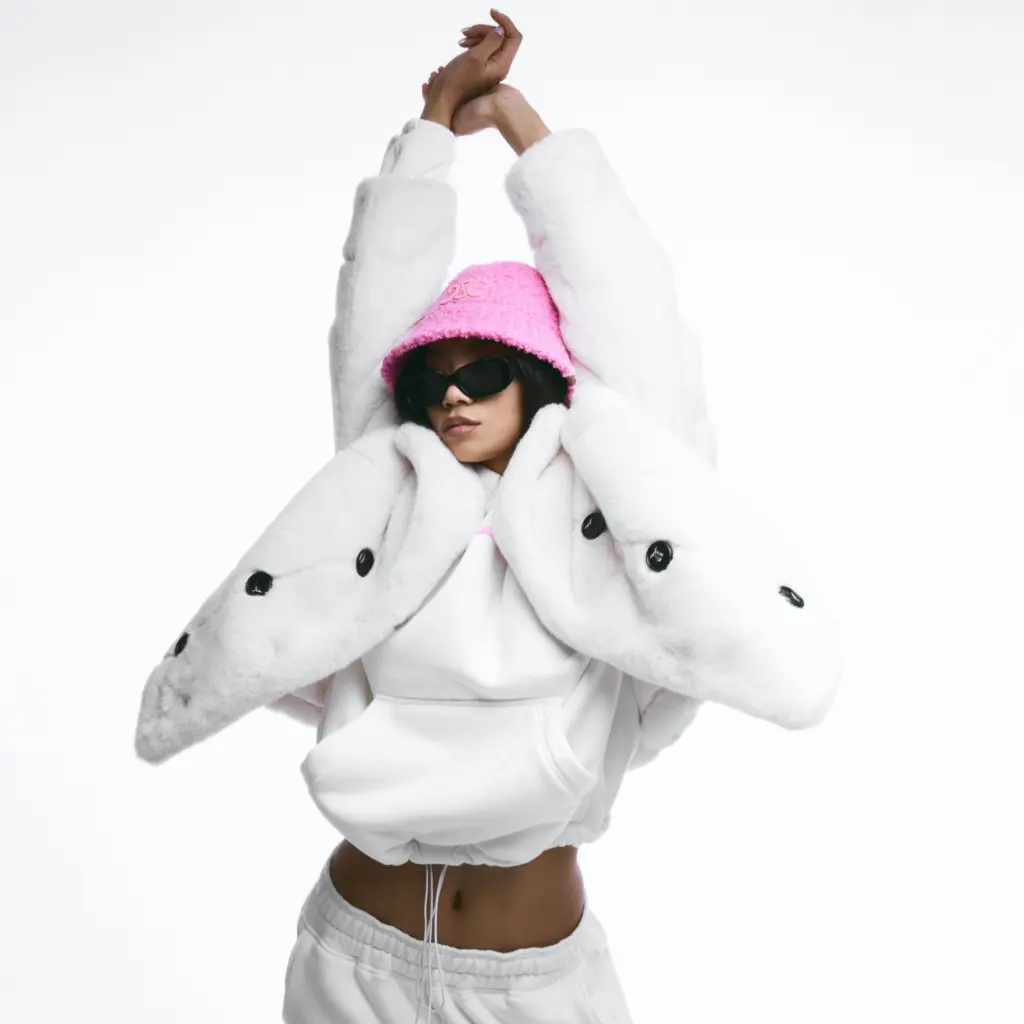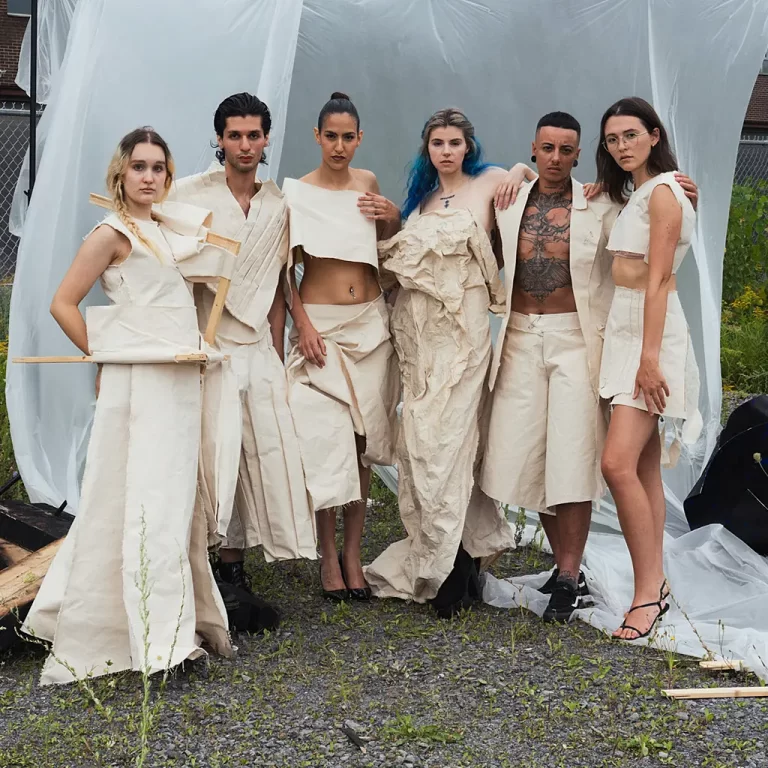The Internet of fashion is hard-wired on pumping out newness on a weekly basis, in the hopes of hacking the algorithm and making yourself (or your brand) relevant. TikTok, where now mostly every mega and niche trend is born and then goes to die secretly in total irrelevancy, is the place where all this mostly happens. No surprise here.
The first big social media viral fashion trend, which launched the infamous ‘cores,’ began a decade ago, in 2013, when the term normcore was first coined by trend forecasting group K-Hole as a philosophy of fashion. Since it was beginning to be increasingly difficult to stand out to be truly unique or go viral, normcore provided the opportunity to “move away from a coolness that relies on difference to a post-authenticity coolness that opts into sameness.” If you can’t beat them, join them!
In normcore culture, the ordinary and mundane were embraced, and even celebrated: simple white T-shirts, unbranded jeans, hoodies, and utilitarian sneakers. Yes, we all know the ugly sneakers went on to become a subversive luxe fashion statement once Balenciaga turned them on their head and created the monster Triple S shoes and, in the process, created elevated normcore. But that’s another story…
Since the time normcore went viral, the digital obsession with cores — used as a suffix that basically denotes a kind of style—has only accelerated.
Normcore was followed in 2017 by gorpcore, an acronym for the hiker snack “good old raisins and peanuts.” This fashion trend was defined by technical active sports apparel typically designed for outdoor recreation but worn as streetwear. Think puffer jackets, hiking boots and (again) hoodies featuring waterproof materials, fleece nylons and fabrics shielding the wearer from the elements. North Face, Arc’teryx, Canada goose, Patagonia, and Moose Knuckles were the brands taking over centre stage. Even Supreme went granola at the time. Shocking!
The plethora of ‘cores’ coincided with the rise of hyper-specific aesthetics on social media. There’s even an Aesthetics Wiki that chronicles all the possible cores online, such as bubblegumbitchcore, cottagecore, fairycore. And many more to come! The ones that have penetrated the mainstream lately have been balletcore, regencycore, and the all-out important one that took everything over this past summer: Barbiecore

The Aesthetics Movement
Alongside the whole ‘core’ movement, the word ‘aesthetic’ has evolved from a purely academic and philosophical perspective to something categorizing a slew of fashion styles and vibes. The first definition of aesthetic comes from the 1700s, meaning “the science of sensory perception.” Over time, the significance became more about the appreciation of beauty, where “aesthetic” could be the synonym for something that’s visually appealing. And who can say they don’t love beauty?
Anyone familiar with Pinterest has seen a proliferation of styles under the aesthetics umbrella. There is random aesthetic, aesthetic images, ethereal aesthetic, aesthetic photos, delicate aesthetic, royalty aesthetic, quiet luxury aesthetic, etc..
According to Pinterest, there has been a growing interest in the word ‘aesthetics’ since 2018, with a large spike of 60% in searches for something as simple as “core aesthetic” on the image platform where users define and experiment with their fashion identify.

What Does All This Mean?
Simply having a sense of style is no longer sufficient. It’s plebeian. Now that branding yourself online with the appropriately curated image is close to a full-time occupation, ‘having style’ is almost too prosaic. And mostly everyone who has a social media presence of some kind is interested in crafting, tweaking, and fine-tuning their online personas. Whether they’re influencers or not. That’s where the need to control the narrative in a way that matches the mood of the moment and the way we communicate to the world about who we are becomes important. Enter aesthetics.
Social media is an amazing playground to showcase our aesthetics of the moment. We craft our identities with them. And on the Internet, we have as much control as an artist to curate something specific and consistent. On your pixelated canvas (call it a channel, account or platform), you are making every decision to inform your audience much like Wes Anderson does to line his shots to get the perfect symmetry, the ideal colour palette and the impeccable art direction that go along with this.
Only relying on a sense of style seems oddly dated and inadequate. Uninspiring. Wouldn’t we all want to craft an aesthetic, instead?





